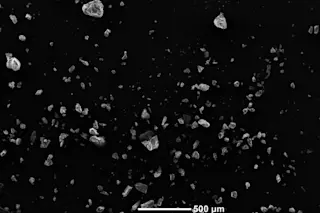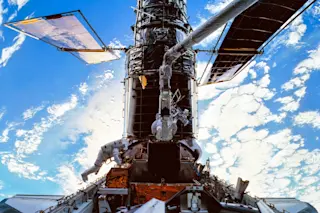WHERE: California’s Mojave Desert
WHAT : Tour A Restricted Air Force Base
In a hangar at Edwards Air Force Base, a Global Hawk drone is subjected to strong electromagnetic fields to assess its durability. | Chad Bellay/Air Force Photo
Aviation Vacation
I’ve been fascinated with Edwards Air Force Base ever since I saw Sam Shepard play Chuck Yeager in The Right Stuff. The legendary pilot took off from Edwards, situated deep in California’s Mojave Desert, when he first broke the sound barrier in 1947. The base has played a vital role in the space age ever since. Edwards test pilots were the first to fly high enough to see the curvature of Earth, and NASA used the base’s runways for 57 of the 135 space shuttle landings.
The shuttle will never touch down there again and Yeager’s flying days are long past, but Edwards remains the nation’s premier aerospace testing ...














